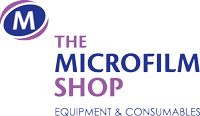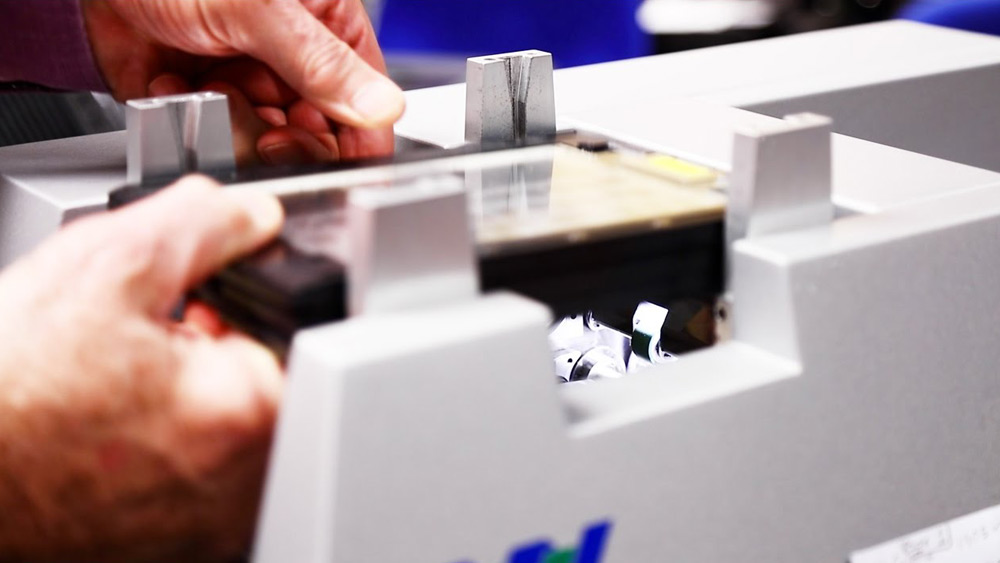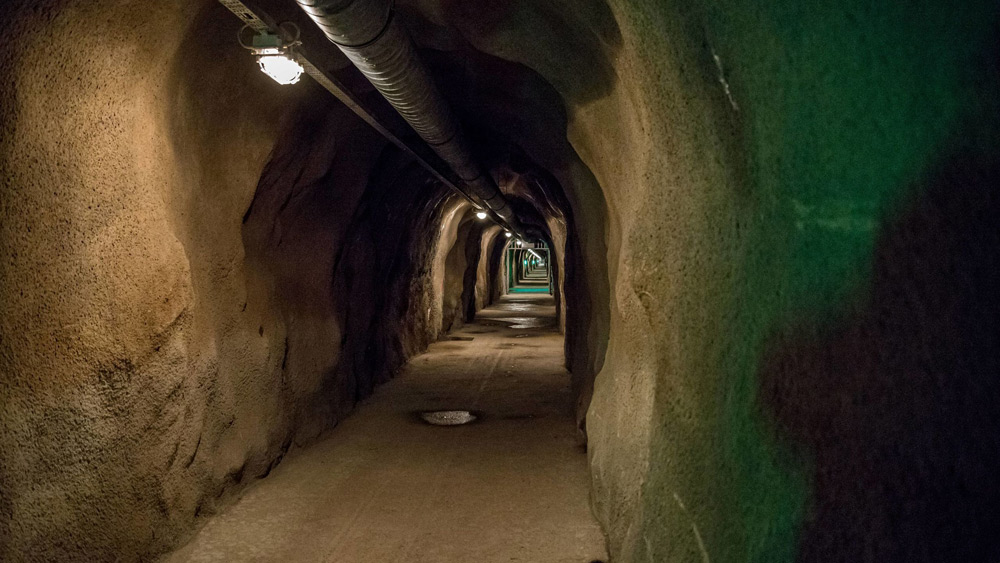There are huge quantities of microfilm material in the archives of organisations and institutions in…
An Introduction To Microfilm
As business flourishes more paperwork needs to be kept, thus becoming increasingly space and time consuming to file, retrieve and refile.
Alternatives to storing paper are very often not considered because tradition dictates that information should be recorded on sheets of paper. Even progressive managements, though recognising the long term benefits are deterred from introducing a modern system by the initial installation costs.
To have your documentation put onto microfilm is cost effective and may cost considerably less than the continuation of your existing system. The contents of a filing cabinet can usually be microfilmed for less than the price of a new cabinet, a microfilm jacket reader costs less than half the price of an electric typewriter and, remember, the right microfilm system solves your filing problems permanently.
Because every organisation has different types of records, office systems and requirements, it is not possible to quote specific prices. Set out below are many of the advantages that microfilm can offer. Please take the time to read on and consider it as a good solution to your paper storage problems.
The microfilm jacket box shown left (size 6″ wide x 4″ high x 2″ deep) holds 250 jackets which are capable of containing the images of 15,000 A4 documents. This small box can, therefore, replace two 4-drawer filing cabinets.
THE CURE!
The management of many progressive organisations have already turned to microfilm to provide the right information, in the right place, in the right order, ready for quick access, in the hands of the right person and at the lowest possible cost.
They have found that microfilm provides many answers to the mounting costs of handling, storing and distributing the voluminous information produced by modern day business.
As a viable business tool in daily off-line and on-line operations, microfilm files information so efficiently that any record, even out of millions, can be found in seconds.
No more stooping and bending or thumbing through thousands of documents as, with a little planning, all the relevant information can be within easy reach of the responsible person without him/her having to leave their desk.
Because there are as many microfilm applications as there are types of business it is essential that when considering a new installation expert advice should be sought.
MICROFILM “WHAT IS IT?”
Microfilming is the automated photographic process of copying documents onto film at a reduced size. There are three main formats of film used in document filming.
Microfilm Jackets
A jacket is manufactured by laminating two layers of clear polyester film together to create channels for 16mm film.
There are many formats of jacket but the most popular type has five channels for 16mm film, plus an eyereadable title area at the top, and is 105x148mm (A6) in size. A 24x reduction ratio a jacket will hold up to 60 A4 size exposures.
Documents are filmed on normal rolls of 16mm microfilm and then inserted into jackets in strips of exposures (or individually) by semi automatic Reader/Fillers or by hand.
Jackets are best used for subject files that need to be updated in the future, ie, personnel files, or any file that is continuously in use. In smaller systems, jackets are often preferred for paperwork that would normally go on roll film, ie. sales invoices. This is because Jacket Readers and Reader Printers are much cheaper than roll film equivalents. The extra cost of the jackets themselves is more than covered by the cheaper cost of Jacket/Fiche Readers and Reader/Printers.
Jacket Readers cost between £150 and £300 while Reader Printers cost from £1,000 to £3,000. These are very rough cost guides. New and second hand equipment is available.
Fiche (or Microfiche)
This format is the cause of much confusion. A microfiche is a single piece of polyester film with a Photographic Emulsion on. The documents are transferred onto the fiche either by making a diazo copy of a jacket or a special “fiche camera” is used and documents are transferred onto the fiche all at one go. The fiche is then processed and it is complete and final (there are a few special camera systems which allow updates). Reduction rates can vary between 24x and 48x. This type of microfilm is used mainly in specialist areas such as technical publications (ie, manuals etc.).
Note: Fiche is a single sheet of film with images on it. A microfiIm jacket is a pocket holding pieces of exposed film “within it”. People tend to call jackets-fiche, and fiche- jackets.
Fiche are viewed using Jacket/Fiche Readers or Reader Printers.
16mm Rolls.
Rolls of fiIm are usually 100ft (30.5m) long by 16mm wide. The most common reduction ratio used is 24x. That is, the microfilm image is reduced proportionally by twenty four from the size of the original document.
(ie. 1/576 of its original size). A 100ft roll of film at 24x will hold 2,400 A4 size documents. This is the equivalent of more than the contents of a filing cabinet drawer. A roll of film measures 4 inches in diameter by 1 inch wide.
16mm roll film is most suitable where large quantities of documents need to be kept in some sort of sequential order (ie. alphabetical/numerical/chronological) such as sales invoices and large files that are not going to be added to, ie. costing files, contract files, continuous correspondence files stored by date etc, etc.
The information now on the roll film is referred to via a MicrofiIm Reader or Reader Printer. These machines can be either motorised or manual. Prices vary from a few hundred pounds to several thousand according to the requirements of a particular system. New and second hand equipment is available.
MICROFILM “HOW IS IT PRODUCED?”
There are two ways of having records filmed.
Buy a camera and film in-house.
This is not difficult and cameras can be purchased new or second hand. The films need processing after completion in the camera. This can be done by an outside processing house. Films then need checking for errors and omissions. How cost effective in-house microfilming is depends on how well it is done. Microfilming done casually and badly is quite quick – done well it can be very fast.
Estimates of camera throughputs using a very simple camera (either flatbed or rotary *see Glossary) are as follows:
Good operator with good documents 1,000 exposures per hour
Good operator with bad documents 300 exposures per hour
Bad operator with good documents 300 exposures per hour
Bad operator with bad documents 150 exposures per hour
Assuming both documents and operators are “average” an hourly throughput of 500 exposures can be used for costing purposes.
Use a Microfilm Bureau.
There are several hundred Microfilm Bureaux in the U.K. These companies specialise in picking up the customer’s documents, filming them to the required specification and returning both documents and films within a week. Pricing is normally done at a set price per 1,000 exposures. Cameras count the number of exposures on each film.
It is possible to recommend Bureaux to cover any area in the U.K. the chosen Bureau would be happy to discuss the paperwork system already in use, recommend the best microfilm system and supply film tests free of charge. This enables any likely problems to be ironed out before a system goes ‘live’
GLOSSARY
Flatbed Camera.
This type of camera has a “Flatbed” on which the document to be filmed is laid. The film head is above the bed and as each document is filmed the next document is placed on the bed, and so on.
It gives better quality on good documents but has a slightly slower throughput.
Rotary Camera
The document is transported through the camera by a rotating drum and/or belts. Documents can be continuously inserted as fast as the operator decides. Documents feed out into a tray in the same order as they are inserted. It is, however, possible to crunch documents in this type of camera, though it rarely happens once an operator is experienced. Very fast fiIming rates are possible. Bent or creased documents fiIm well because they are “rolled flat” at the point of filming, but documents with ragged edges can be difficult in this type of camera.
MICROFILM “WHAT DOES IT COST?”
This is an area where everyone will disagree. The figures below are ” rough ball park” They will vary according to these criteria:
– Time moving on
– Your “exact” needs
– Availability of equipment
– How busy a bureau is
– The quality of service asked for and provided
– How good or bad the documents are
– General financial climate
– Who you talk to
– Local staff costs
– etc, etc.
Film In-House
Small rotary camera new £3,000 – Second hand £750
Small flatbed camera new £4,000 – Second hand £1,500
Roll of film including processing (100ft taking 2,400 A4 documents) £7.00
(Note one film could take an operator between 21/2 to 8 hours to complete.)
Microfilm Jackets £0.06 each (plus loading and indexing time and cost)
Use a Bureau
The relationship between a customer and a Bureau will become very close. The customer is trusting the Bureau with important, irreplaceable records. It is vital that the customer visit the Bureau and get confidence in its staff and organisational ability.
Most filming is done at a set charge per 1,000 exposures. A double sided document is two exposures.
Rough Costs
A4 Documents per 1,000 documents £12 to £18
Prep Time per hour £6 to £10
Pick-up + delivery Usually free unless exact timing required.
Jacketing (ie, supply jacket, insert film and index) per jacket £0.25 to £0.40
THE BENEFITS OF MICROFILM
Saves Space – can reclaim up to 98% of the space used by original source documents.
Protects – secures against loss of vital information by storing cheap microfilm copies in another location .
Lowers Operating Costs – a greater volume of records can be handled efficiently with up to 60% less manpower.
Assures File Integrity – once on film, records are in a fixed and frozen position and cannot be misfiled, misplaced, altered or lost.
Improves Handling – no matter what size the original document is, microfilm reduces everything to one standard, convenient size.
Retrieves at High Speed – any record can be accessed in seconds.
Disseminates Information – whatever the microfilm form, it can be economically reproduced and transported.
Delivers Hard-Copy Output – microfilm images can be enlarged back to paper quickly and easiIy.
Saves on Storage Equipment – reduces the number of filing cabinets to a bare minimum.
Flexible and Compatible – combining microfilm recording, storage and retrieval capabilities with computer indexing provides high-speed economical management information systems.
Protects Legality – microfilm is admissable as primary evidence in the courts.
Sit, Sort and File – film is retrieved, read and refiled whilst sitting at a desk. Extra files can be reached without further movement.
Should you require a complimentary copy of the booklet itself, please contact us.



